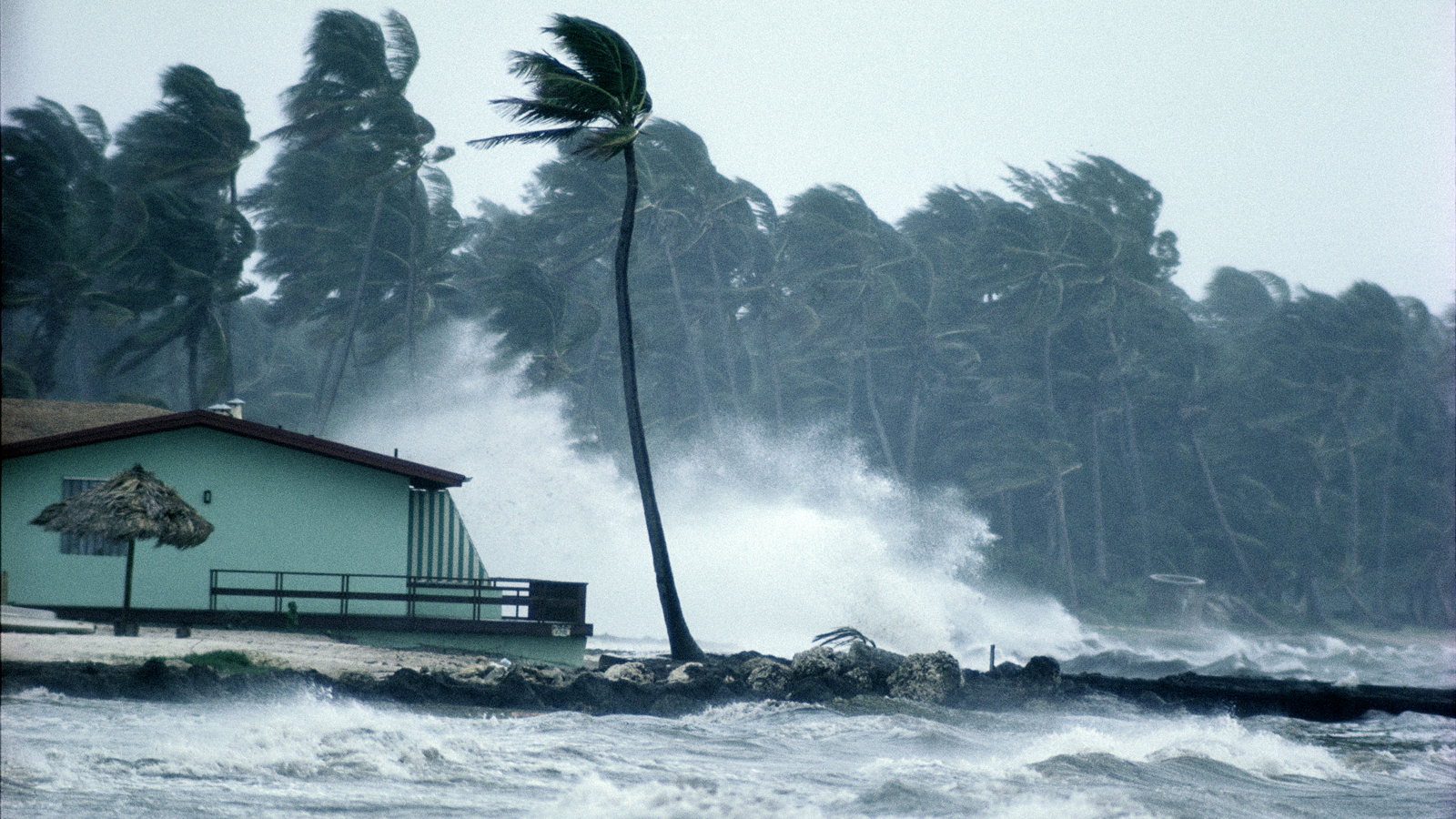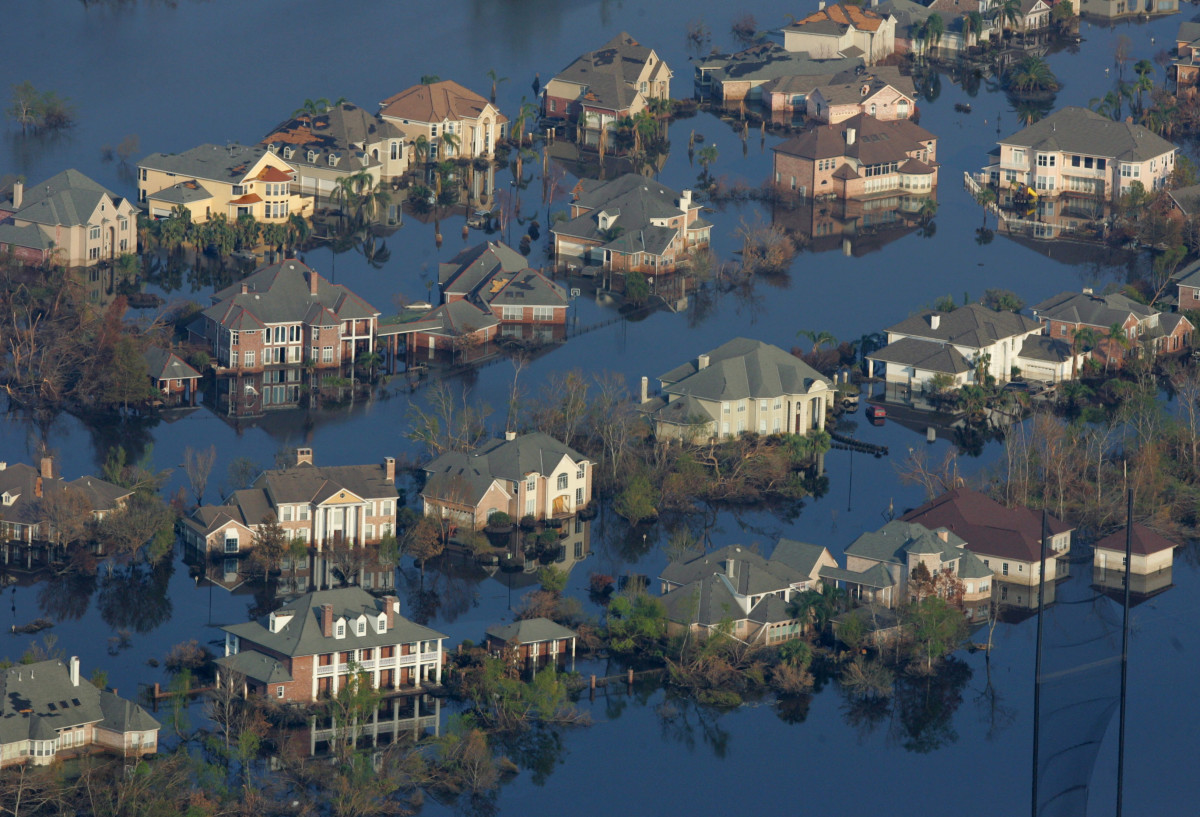We have all seen the iconic image of a hurricane from space, a huge swirl of clouds around a small opening that is called “the eye of the storm”; we have also all heard of the devastating effect hurricanes can have on human lives.
Hurricanes are basically really big storms, reaching up to 900 km across, with strong winds spiraling inward and upward at speeds of 120 km/h to 320 km/h. A hurricane usually lasts for over a week, moving 16-32 km/h over the open ocean; as one person explains it: “A hurricane builds energy as it moves across the ocean, sucking up warm, moist tropical air from the surface and dispensing cooler air aloft.
Think of this as the storm breathing in and out. The hurricane escalates until this “breathing” is disrupted, like when the storm makes landfall. At this point, the storm quickly loses its momentum and power, but not without unleashing wind speeds as high as 300 km/h on coastal areas”. Once a hurricane reaches land it unleashes heavy rain, strong winds and large waves which can damage buildings, trees and cars.
Hurricanes gain their energy from the warm water of the ocean; they can only form if the water’s temperature is 27°C or higher. The warm, moist air from the ocean's surface begins to rise quickly; as it does, water vapor condenses to form storm clouds. As the condensation releases heat, more cool air warms up, ending up rising and giving way for more cool air to be heated up; as this cycle continues, the size of the storm cloud increases, and more heat is being transferred from the ocean’s surface into the atmosphere.

This exchange of heat creates a pattern of wind that circulates around the surface center called “converging winds”, which collide and push more moist air upward. This rising air reinforces the air that is already aloft from the surface, causing the circulation and wind speeds of the storm to increase. The rising hot air from the storm's center is removed by strong winds blowing at the same speed at higher altitudes (up to 9,000 m) helping in maintaining a continual movement of warm air from the surface and keeping the storm organized. As high-pressure air is sucked into the low-pressure center of the storm, wind speeds increase.
Most of the destruction caused by hurricanes is due to its storm surges; as a hurricane’s winds spiral around and around the storm, water is pushed into a mound at the storm’s center. Once the storm reaches land, this mound of water becomes extremely dangerous because it leads to flooding along the coast bringing in a large amount of water crashing into the land, sweeping anything that exists in its path. A hurricane will cause more storm surge in areas where the ocean floor slopes gradually; this leads to major flooding, which was one of the biggest problems when Hurricane Katrina hit the USA in 2005. At least 1,836 people died in the actual hurricane and in subsequent floods.

In 2003, Hurricane Isabel was the costliest and deadliest hurricane in the Atlantic hurricane season. Isabel formed near Cape Verde Islands; it moved northwestward, reaching peak winds of 265 km/h on 11 September. In North Carolina, the storm surge from Isabel washed out a portion of Hatteras Island, damage was greatest along the Outer Banks, where thousands of homes were damaged or even destroyed.
The worst of the effects of Isabel occurred in Virginia, where most deaths and damage from the hurricane were reported; about 64% of the damage and 68% of the deaths occurred in North Carolina and Virginia. Some rural areas were without electricity for weeks, and local flooding resulted in thousands of dollars in damage. Throughout the path of Isabel, damage totaled about USD 3.6 billion.
More notoriously famous, Hurricane Katrina was one of the strongest storms to impact the coast of the United States during the last 100 years. With sustained winds during landfall of 125 mph—a strong category 3 hurricane on the Saffir-Simpson scale—and minimum central pressure the third lowest on record at landfall (920 mb), Katrina resulted in widespread devastation along the central Gulf Coast States of the US. Cities such as New Orleans bore the brunt of Katrina's force, needing weeks and months of recovery efforts to restore normality. Katrina was the costliest storm in United States history with amounts over USD 81.2 billion; and more tragically, a death toll of over 1,836.